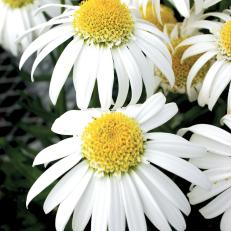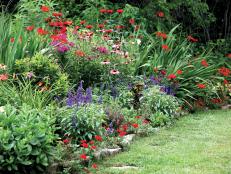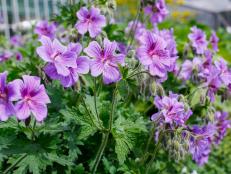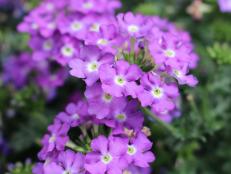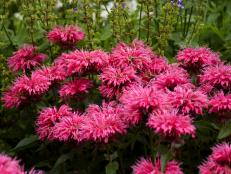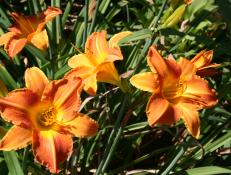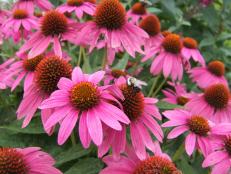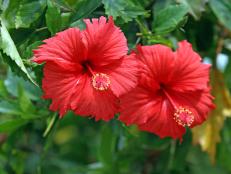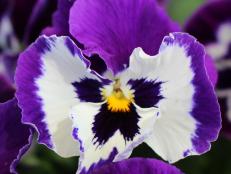Planting and Caring for Shasta Daisy
Grow a little bit of nostalgia with Shasta daisy. Learn about new colors and forms of this old-fashioned favorite.
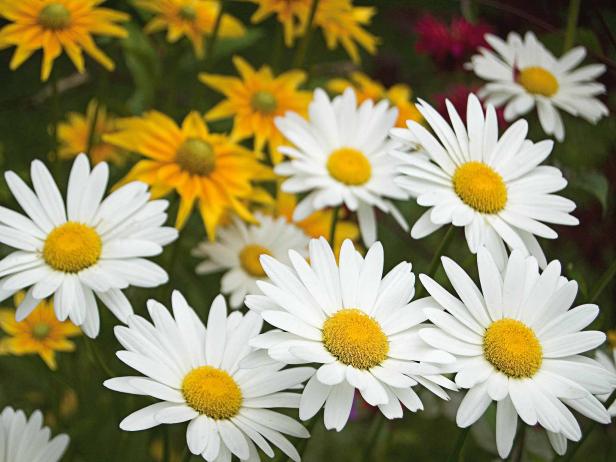
Photo courtesy of White Flower Farm
Dress up your garden with the always charming Shasta daisy. This classic bloomer is a cultural icon, and it delivers billows of color in the landscape. Shasta daisies have wild roadside daisies, known as ox-eye daisy, in their heritage. The main difference is that Shasta daisy opens larger flowers—and more of them.
Daisy Flower: Types of Daisies
Discover the grace, beauty and versatility of the daisy family. Learn about types of daisies you can grow and how to use them in your floral designs.
World-renowned horticulturist Luther Burbank developed Shasta daisies in the 1890s by crossing ox-eye daisy with several other daisies, including Montauk daisy. The resulting daisy plant was more robust and vigorous than the wild ox-eye, and it produced larger blooms by the armful. Burbank did this work near Mt. Shasta in Northern California and named his new daisy after the location.
Shasta Daisy 101
Botanical Name: Leucanthemum superbum
Common Name: Shasta daisy
Hardiness Zones: 4 to 9
Bloom Time: late spring to late summer
Shasta daisy is a mainstay perennial in cottage gardens and summer perennial borders. New flower forms include doubles, ones with fuzzy centers and blooms with spidery-thin petals. The color range has expanded from classic white petals to gold and butter yellow.
When Does Shasta Daisy Bloom?
The original Shasta daisy flowers in early summer, but modern breeding efforts have resulted in varieties that flower in mid- and late summer, as well repeat bloomers that produce a second blossom flush in fall.
Planting Shasta Daisy
Shasta daisies are sun-loving plants, although the double varieties need protection from hot afternoon sun. Plant these perennials in the fall for the best chance at blooms the following season. These are low-maintenance beauties with easy-growing personalities. Well-drained soil is sufficient to give plants a solid start. Mixing compost into planting holes helps nourish roots and enhance soil drainage.
Caring for Shasta Daisy
Each spring, it’s a good idea to feed established Shasta daisies with a granular landscape fertilizer. Scratch it into soil before spring rains arrive. You can also top-dress soil with an inch or two of compost to help nourish plants. Mulch soil after it warms in spring but before summer heat arrives. Mulch helps to retain soil moisture and reduces weeds around daisy clumps.
Taller varieties may need stakes to keep plants from flopping open. Hoop or linking-type stakes work well with Shasta daisy clumps. To reduce final plant height on taller types so you won’t have to stake, prune plants in early spring after new shoots are 6 to 8 inches high. With all Shasta daisies, remove faded flowers after the first flush of bloom. This helps encourage more flowers later in the growing season.
Shasta daisy clumps typically benefit from being divided every two to three years. This keeps crowns from becoming overcrowded. The original ox-eye daisy has a foul smell that is readily apparent when you bring blooms indoors. Some newer Shasta daisy varieties, such as Paladin, lack that offensive odor. Paladin is also a rebloomer and opens multi-petaled white flowers.
How to Use Shasta Daisy in Your Garden
Include Shasta daisies if you tend a cottage garden, cutting garden or wildlife garden. These friendly flowers are versatile in the landscape and beckon all kinds of pollinators. Use them to tone down the blazing hues of orange and red perennials or to brighten dark-leafed plants.
Shop Shasta Daisies
Notable Shasta Daisy Varieties
- Snowcap
- Sante
- Aglaia
- Banana Cream
- Darling Daisy
- Ice Star










